
Slow worm
Despite appearances, the slow worm is actually a legless lizard, not a worm or a snake! Look out for it basking in the sun on heathlands and grasslands, or even in the garden, where it favours compost heaps.
Want to learn more about wildlife near you? You're in the right place, search below and discover the nature you can help protect in Kent.

Despite appearances, the slow worm is actually a legless lizard, not a worm or a snake! Look out for it basking in the sun on heathlands and grasslands, or even in the garden, where it favours compost heaps.
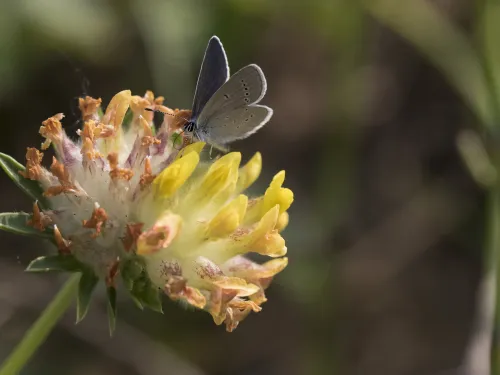
The small blue's name is a little misleading: it is our smallest butterfly, but only shows a dusting of blue on brown wings. It is scarce, occurring on chalk grassland, mostly in southern England.
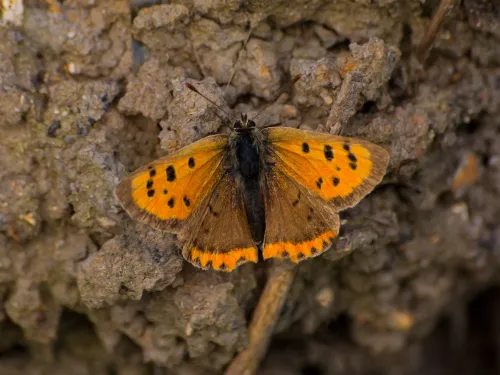
The small copper lives up to its name in both colour and size! Look out for it from April onwards in dry, sunny habitats like heathland, downland and woodland. It can be spotted in gardens, too.

The small heath is the smallest of our brown butterflies and has a fluttering flight. It favours heathlands, as its name suggests, as well as other sunny habitats.
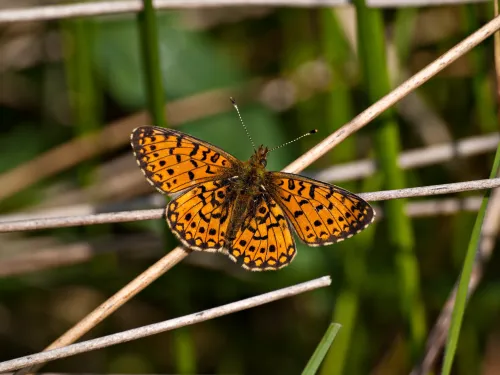
The small pearl-bordered fritillary is a pretty orange-and-brown butterfly of damp grassland, moorland, and open woodland. It gets its name from the row of 'pearls' on the underside of its hindwings.
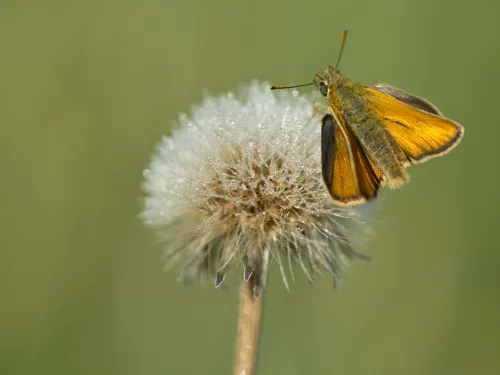
Often found basking on tall grasses, or buzzing between stems, the small skipper is a small, orange butterfly. It prefers rough grassland, verges and woodland edges.
A prickly, tall plant, the Small teasel is closely related to the Common teasel, but has much smaller, more rounded flower heads. It prefers damp, open woodlands.
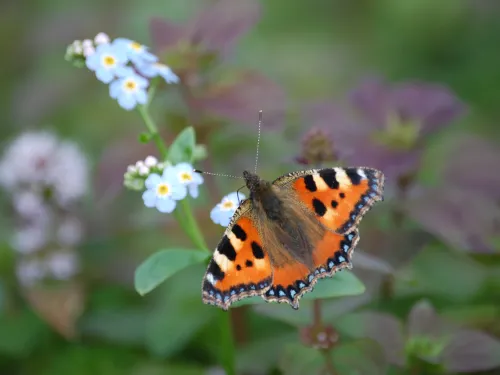
The pretty small tortoiseshell is a familiar garden visitor that can be seen feeding on flowers all year-round during warm spells. Overwintering adults may find resting spots in sheds, garages or even houses.
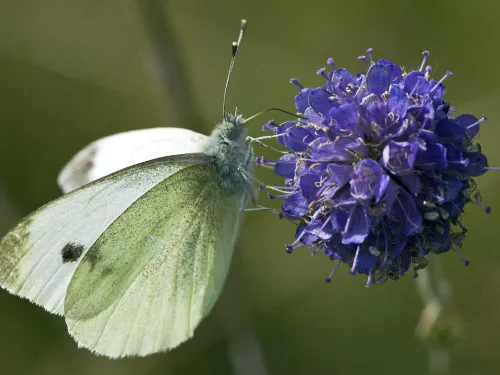
The small white is a common garden visitor. It is smaller than the similar large white, and has less black on its wingtips.
A scarce tree of central and southern England, in particular, the Small-leaved Lime can be found in ancient woodland. It is has sweet-smelling flowers in summer and nut-like fruits in autumn.
Small-spotted catsharks used to be called lesser-spotted dogfish - which might be what you know them best as. It's the same shark, just a different name!
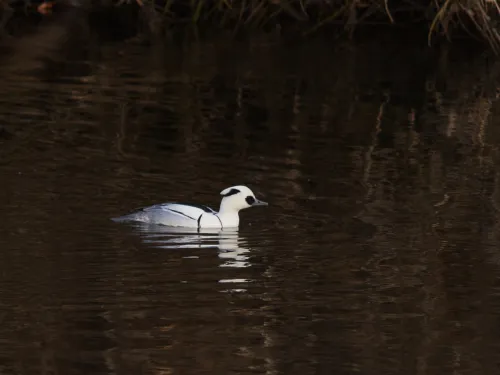
This small duck is an uncommon winter visitor to the UK, where they're usually found on lakes, reservoirs and gravel pits.